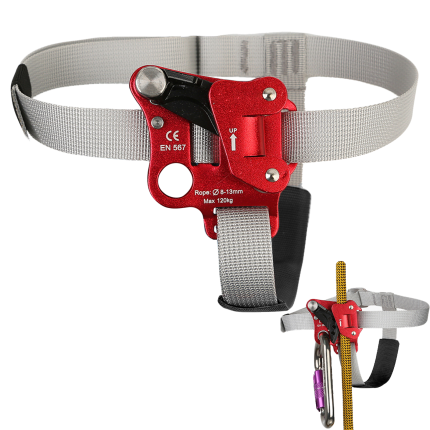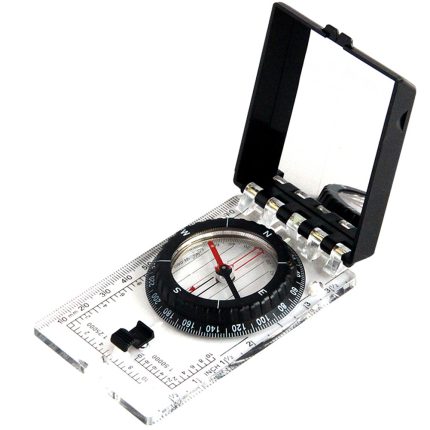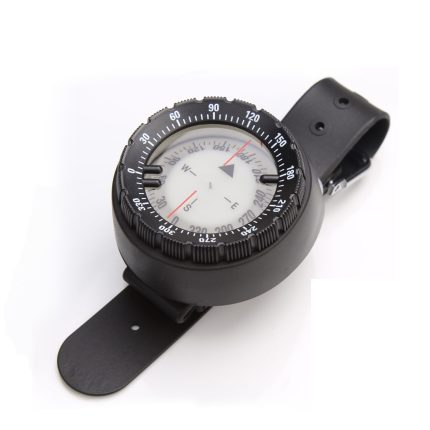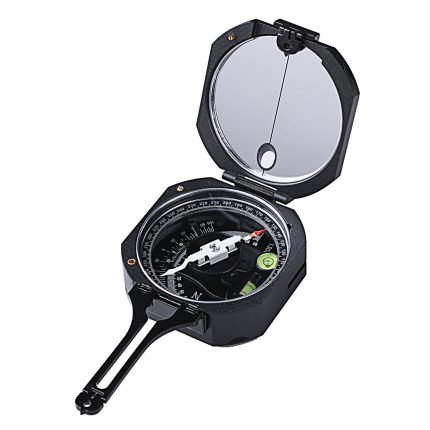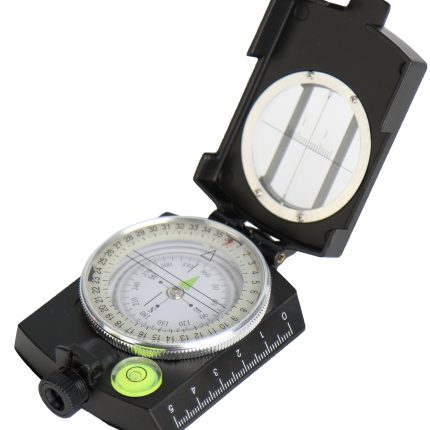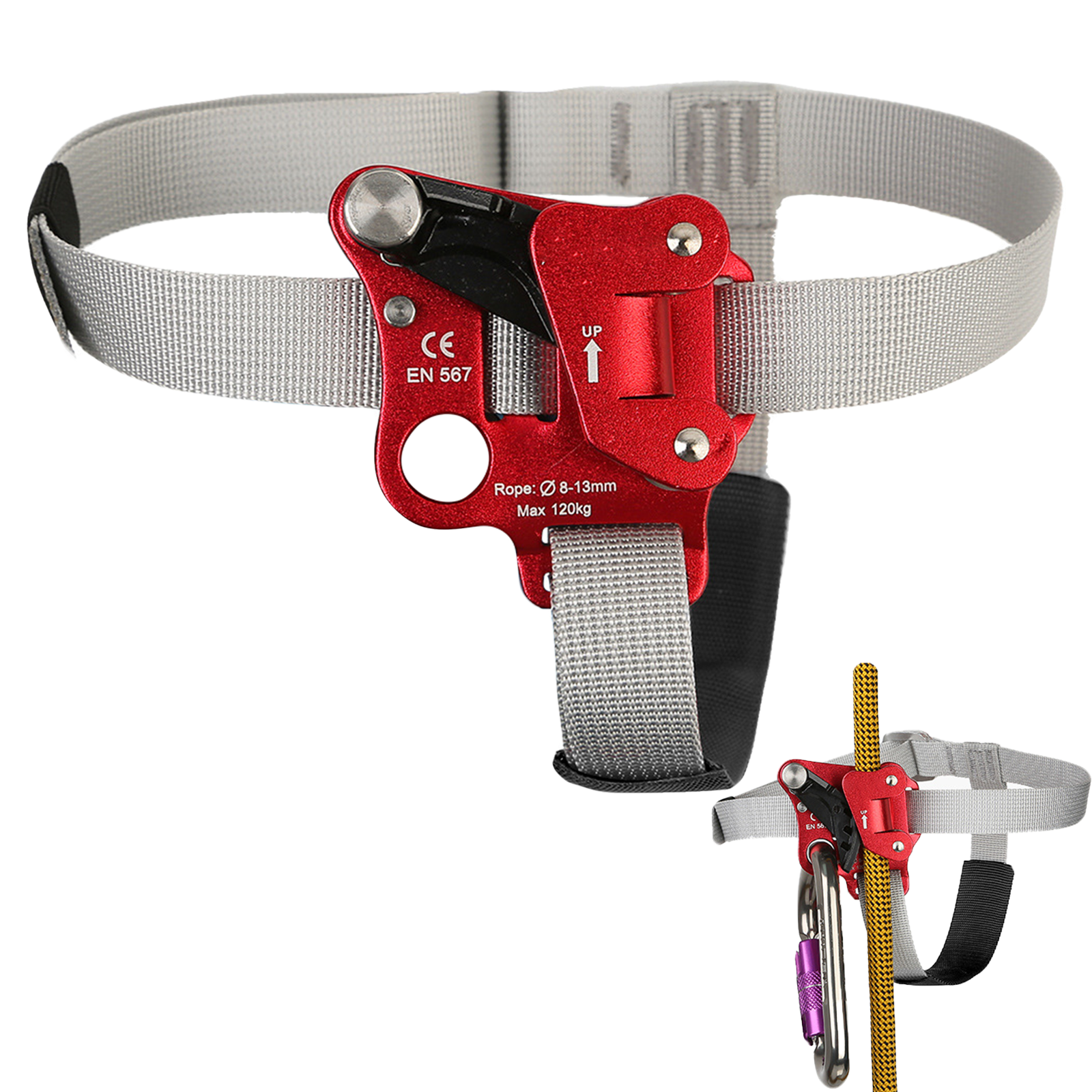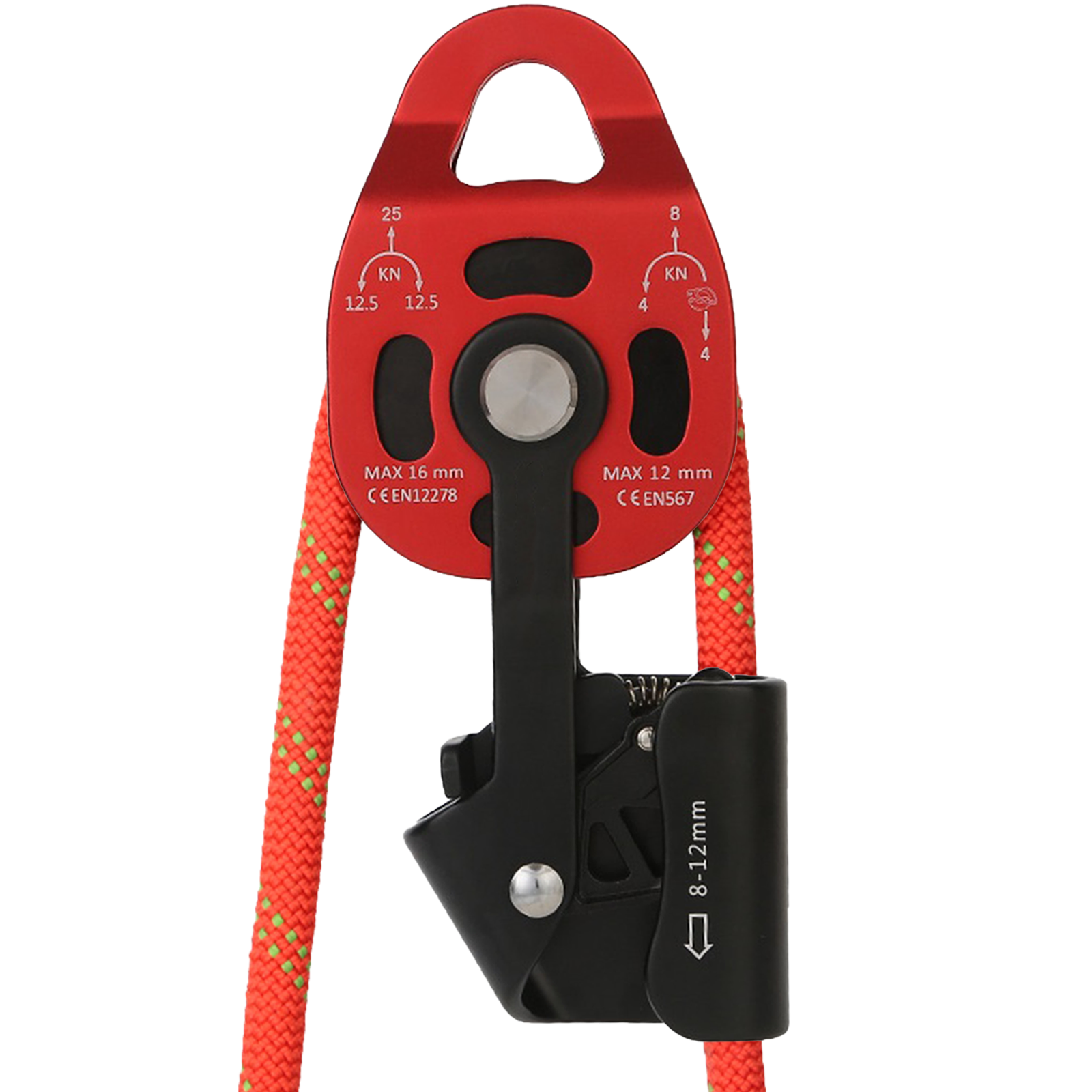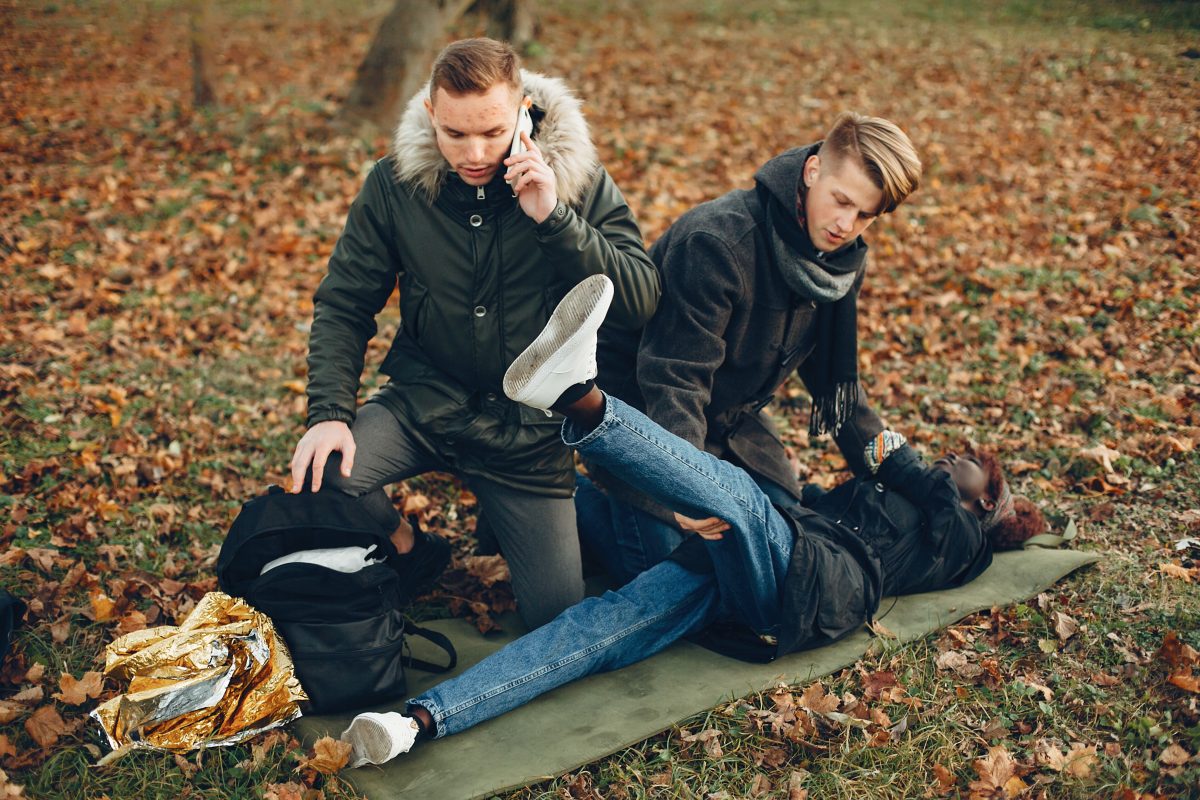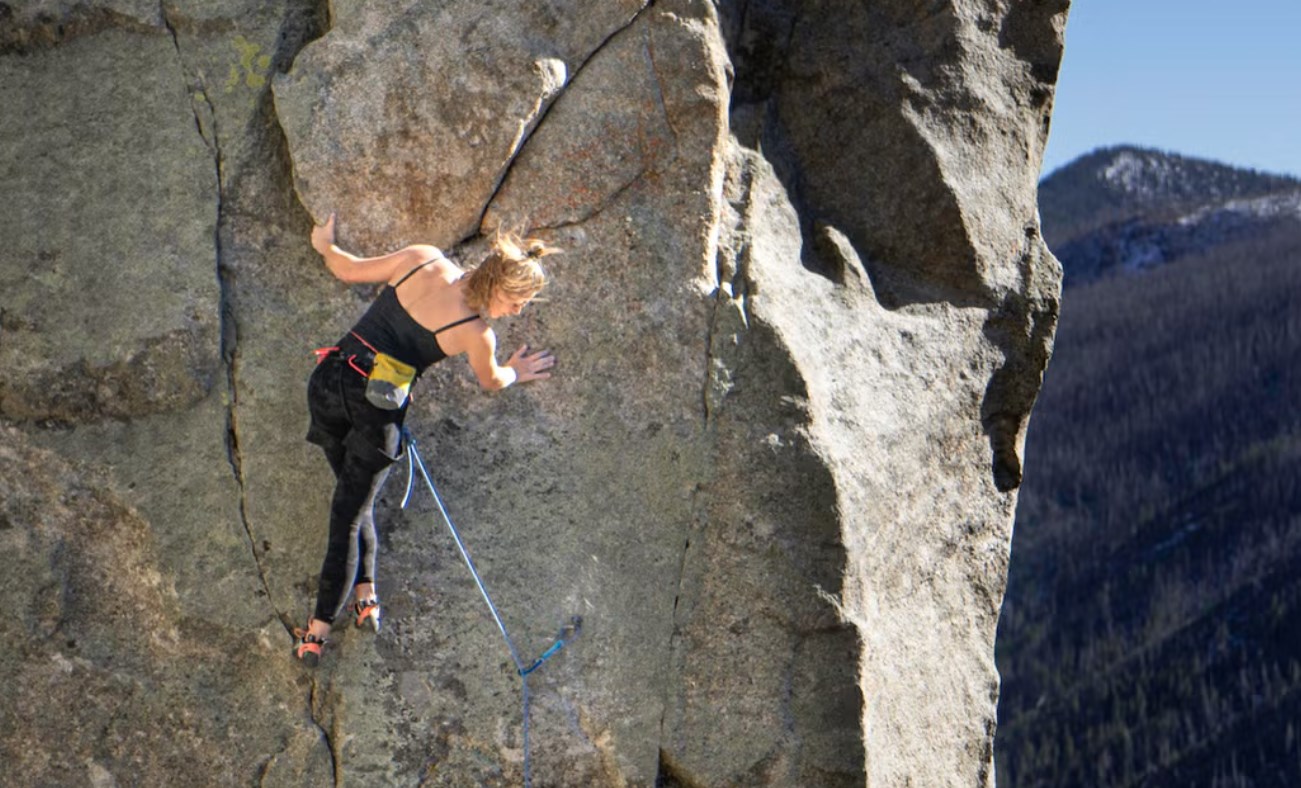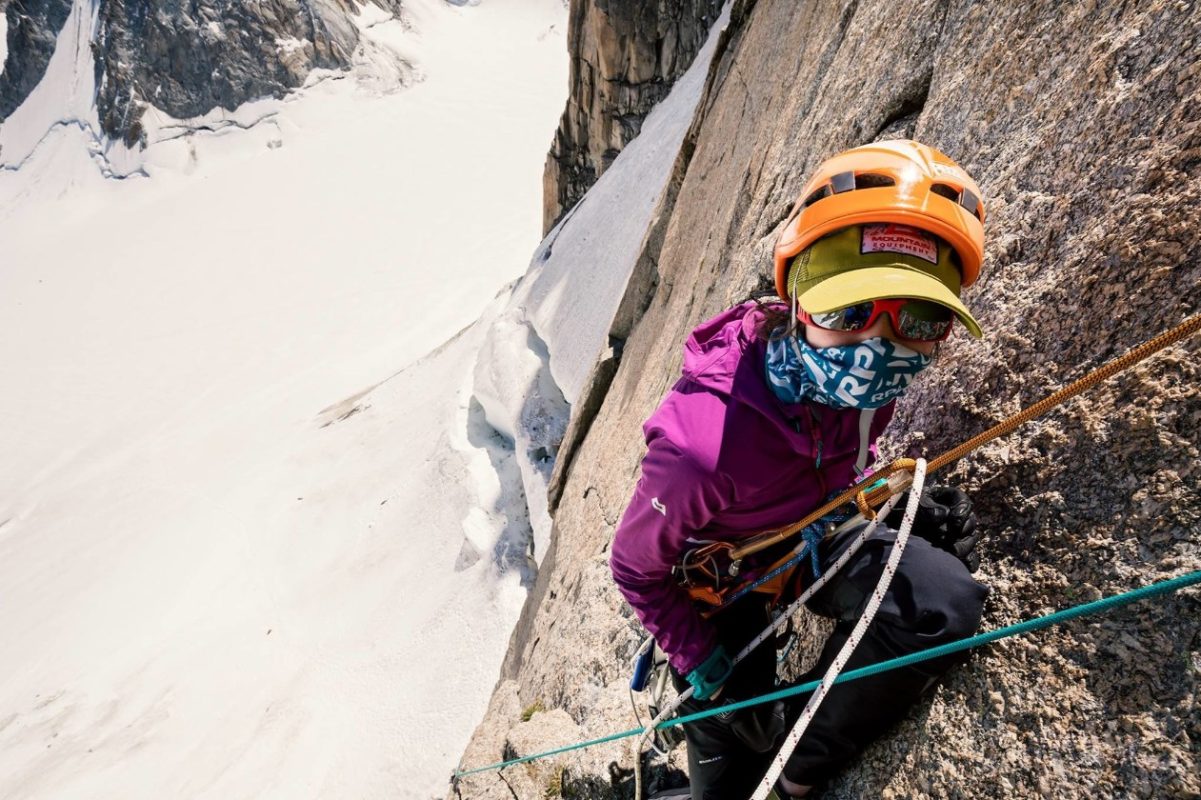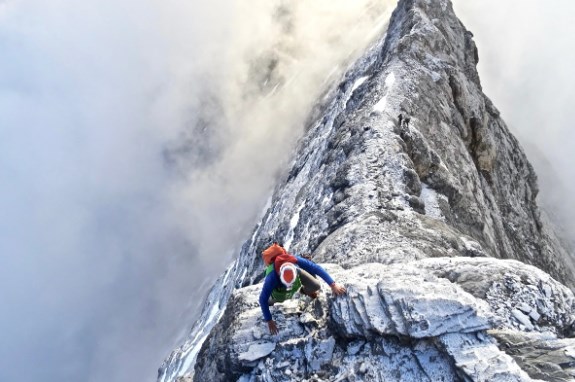Essential Skills for Beginners – How to Predict Weather Outdoors?
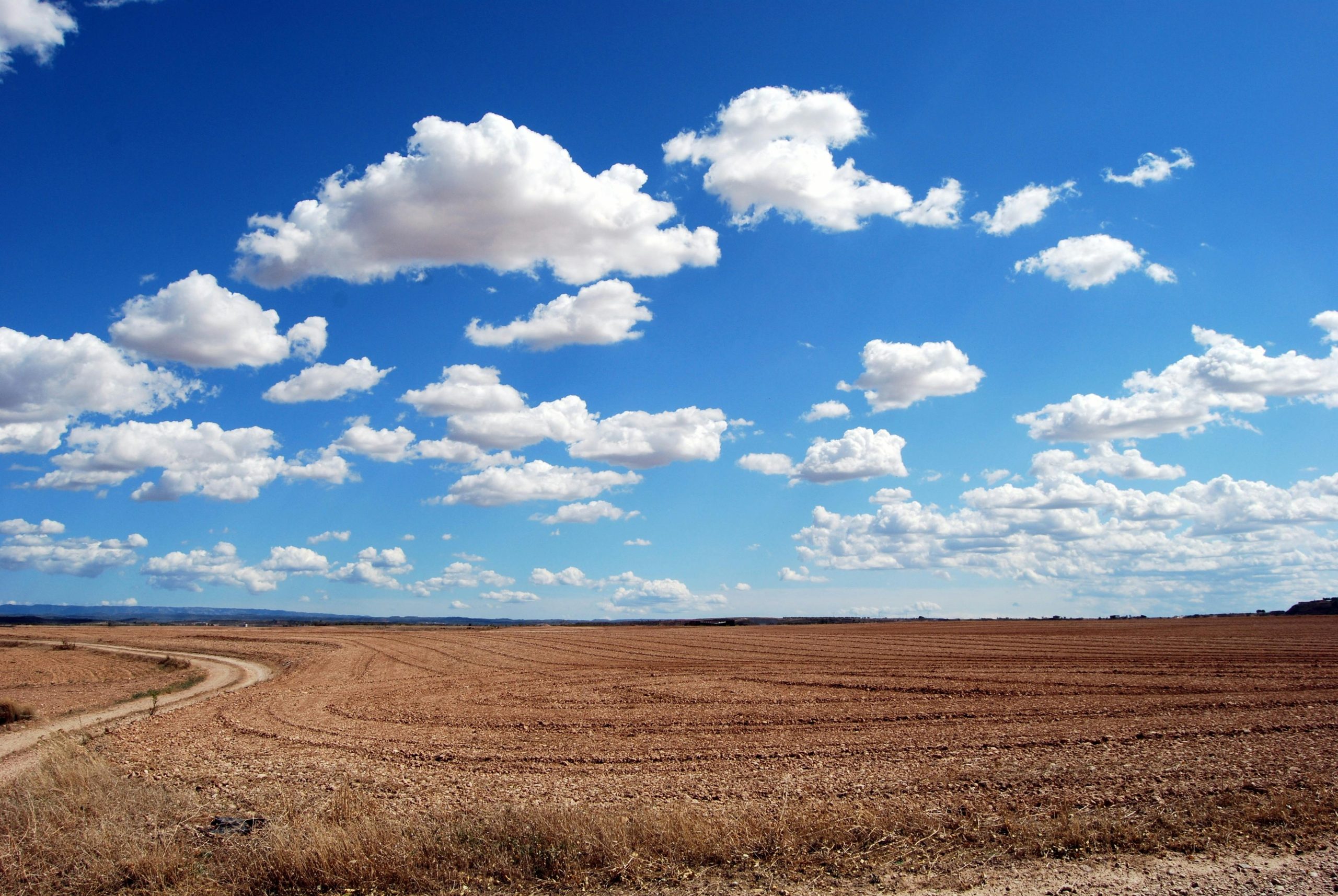
Today, we will share essential skills for outdoor enthusiasts to predict good and bad weather. These techniques, summarized by scientists based on general patterns of meteorological phenomena, will aid your outdoor adventures. Let’s dive in!
First, let’s clarify the concepts of “weather” and “weather phenomena“:
- Weather (Natural Phenomenon)
Weather refers to the short-term state of the atmosphere near the Earth’s surface in a specific region.
Weather phenomena encompass various natural events occurring in the atmosphere, representing the combined spatial distribution of meteorological elements (such as temperature, atmospheric pressure, humidity, wind, clouds, fog, rain, lightning, snow, frost, thunder, hail, haze, etc.) at a given moment.
A weather process describes the temporal evolution of weather phenomena in a specific area.
Weather systems operate within specific spatial and temporal scales, interacting and intertwining with one another.
Combinations of these systems form large-scale weather patterns and even global atmospheric circulation.
Weather systems continuously form, develop, and dissipate, with distinct weather phenomena corresponding to each stage.
II. Signs of Improving Weather
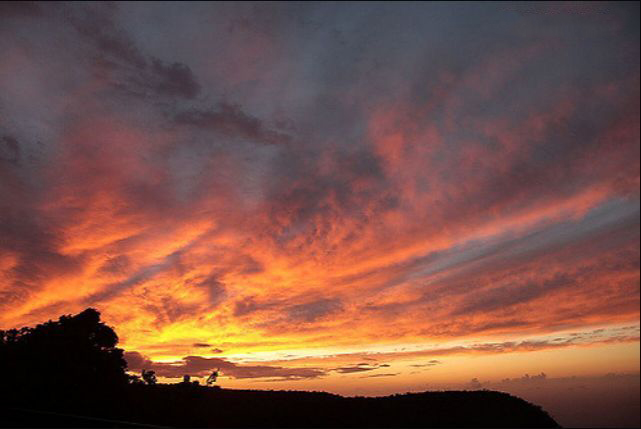
- During the day, valley winds typically blow upward from lower to higher elevations, reversing direction at night (from peaks to valleys).
- In the daytime (especially mornings), clouds clustered over mountain passes gradually disperse into mist and vanish.
- At sunset, orange or rosy evening glows (“fire clouds”) appear over western valleys.
- Evening fog in low-lying areas, combined with cooler temperatures and nighttime chill, suggests fair weather the next day.
- Dew or frost on grass in the early morning.
- Steady starlight with minimal twinkling.
III. Signs of Deteriorating Weather

- Daytime valley winds blow downward from peaks to valleys, reversing to upward nighttime winds.
- Cirrus clouds in the morning followed by increasing and descending dark clouds.
- Fast-moving, multiplying cloud clusters—potential precursors to storms.
- Sudden wind shifts with increasing intensity, accompanied by approaching dark clouds.
- Improved visibility after prolonged heatwaves or dense fog.
- Morning fog lingering in valleys until late evening.
- “A solar halo at night foretells rain by midnight; a lunar halo at noon signals windy days.”
- Unsteady starlight flickering before dawn.
- Unseasonably warm, stuffy nights with rising evening temperatures.
- Mid-valley clouds ascending—a possible sign of an approaching storm.
- Natural and wildlife behaviors also shift with impending weather changes; keen observation can aid predictions.













